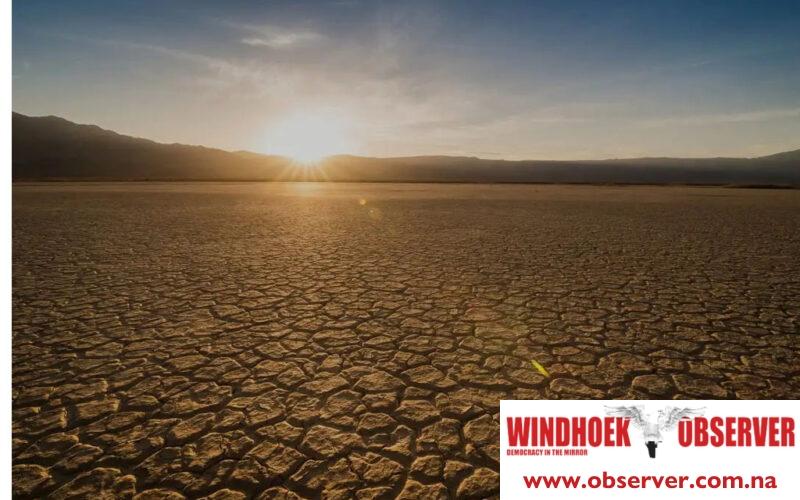Hertta-Maria Amutenja
A recent report by the National Assembly Standing Committee on Natural Resources highlights challenges in the implementation and funding of climate change projects across six regions.
The report, based on field visits to Kunene, Ohangwena, Kavango West, Kavango East, Zambezi, and //Karas regions, underscores the need for improved strategies and coordination.
The visits were aimed at overseeing the interventions outlined in the Nationally Determined Contributions (NDCs), assessing progress on adaptation and mitigation projects, and understanding their impact on meeting the Paris Accord goals.
The visits also sought to evaluate the financing, accountability, and regional involvement in these projects.
Several issues, including the lack of a clear definition of the allocation of funding and financing of regional projects, hinder progress, according to the report.
Namibia submitted its intended Nationally Determined Contributions (INDC) to the United Nations Framework Convention on Climate Change in October 2015.
To further understand the impact made by the government, the Committee conducted field visits with representatives from the Environmental Investment Fund (EIF) and the Ministry of Environment, Forestry, and Tourism climate unit.
“Accountability on expenditure reports is a challenge. Allocation of resources does not take regional needs, landscape, and number of beneficiaries into consideration. There is minimal information provided to the beneficiaries regarding the allocation of funds and the involvement of regional leadership. Absence of direct identification of community members in the project to ensure collective ownership. There is a lack of strategies for better implementation of climate change adaptation interventions according to the regions and there are no decentralised services of the EIF services in the regions,” read the report.
The EIF was allocated over N$540 million from the Green Climate Fund.
The Governor of Kunene Region, Marius Sheya, said challenges such as elephant damage to green scheme infrastructure and issues of coordination and communication
“There are issues of coordination issues of communication from both sides. Either a problem from coordinators that are implementing the projects or the community itself in terms of the expectations they have,” Sheya said.
He also commented on the positive impacts the projects have had on the communities.
“The good thing about the projects is that they are community-driven. The communities, either through their conservancies, submit a project proposal to EIF for funding. They have really impacted different communities in different ways but obviously in positive ways that they have been implemented successfully. For example, the rehabilitation of boreholes and the installation of boreholes have significantly improved the livelihoods of the people, especially when they are facing drought,” he said.
The Ministry of Environment, Forestry, and Tourism announced in March that Namibia urgently needs approximately N$112.3 billion by 2030 to achieve a 91% reduction in greenhouse gas emissions. In alignment with this, the European Union (EU) is seeking to establish sustainable partnerships with Namibia.
The committee also recommended expanding supply contracts, removing the timber moratorium, operationalizing the Southern Region project, ensuring market access for small-scale farmers, and increasing horticulture produce’s market share.




